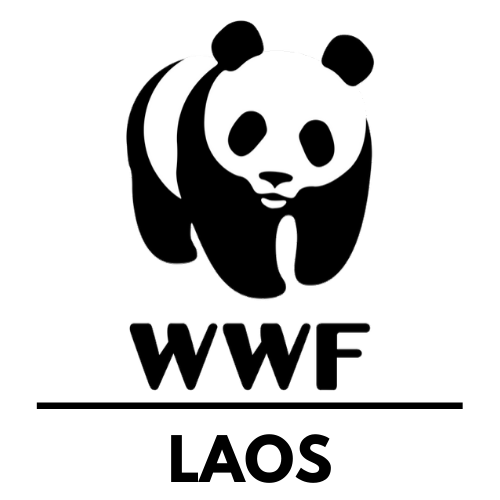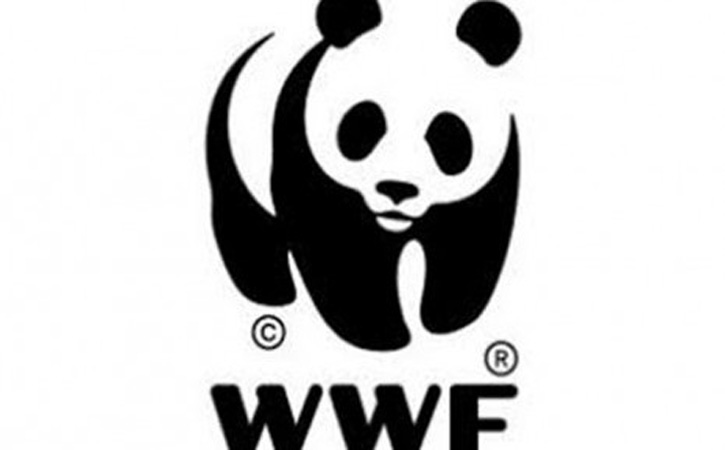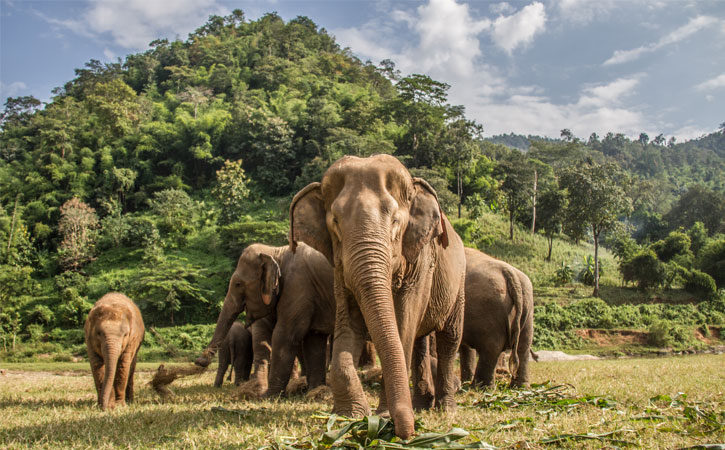World Wildlife Fund (WWF) is one of the INGOs engaged in environmental aspects and wildlife life that was formed in 1961.
As a leading conservation organization in the world, WWF works in 100 countries in the world and has been supported by 1.2 million members in America, The Union, and nearly 5 million members globally. With the basics of science as the basis for combining global reach, the way WWF works are known to be unique. In addition, they also involve actions at every level from local to global and to meet their human and natural needs ensuring the delivery of innovative solutions. Judging from history, the background of the formation of WWF is inseparable from the constraints experienced by conservation organizations in the 1961s, such as the International Union for the Conservation of Nature and Natural Resources (IUCN) and The Conservation Foundation, in obtaining funding for run the program (WWF, 2015). So then in the same year, around 16 of the world’s leading conservationists, such as biologists and African wildlife enthusiasts Sir Julian Huxley, IUCN vice president Sir Peter Scott and British director of nature conservation EM Nicholson, signed a manifesto called with the Morges Manifesto. In the manifesto stated that besides the existence and function of protecting the world environment, financial support is needed, which is also an effort to support the operation of conservation activities (WWF, 2015). The next step was to establish the World Wildlife Fund in April 1961 as an international fundraising organization that collaborates with other conservation organizations and is expected to bring substantial financial support for conservation activities on a global scale (WWF, 2015).
From the background of the formation of WWF, it can also indirectly know the purpose of the formation of WWF, and to be more detailed about the objectives of this WWF can be seen from the mission carried, which includes several things. Firstly, WWF’s mission is to build a future where humans can live in harmony with nature (WWF, 2015). Harmonization of nature is emphasized because between humans, the environment, and wildlife, and life is so connected and inseparable, so that further WWF takes an integrated approach in its activities. Second is that WWF strives to preserve nature, create sustainable human life, and take action against climate change (WWF, 2015). The third is to make a big difference, in the sense of a good difference. In this case, the projects created are innovative and, of course, have to collaborate or based on scientific evidence (WWF, 2015).

Furthermore, regarding the activities or programs carried out by WWF. The activity covers several scopes, including forest, sea, freshwater, wildlife, food, and climate (WWF, 2015). First is forests; in this case, WWF is very focused on conserving the most important forests in the world. In the forest sphere, WWF’s performance is mostly carried out on rain forests, such as rain forests in the Amazon, the Congo Basin, the Mekong, and other areas near the equator, as well as in temperate regions, such as Eastern Russia, to the United States (WWF, 2015). Secondly, for the sea itself, WWF strives to maintain the natural condition of the sea, preserve abundant marine biodiversity, and is also related to livelihoods in the sea so that it is always sustainable so that it can support the economy (WWF, 2015). WWF’s concentration on the life of the Arctic Sea can then be used as one example related to the marine aspect. The third is about freshwater, where related activities aim to create safe water for humans and nature (WWF, 2015). One example of this is the effort to protect the major rivers in South America and cooperation with institutions in the area, such as universities.
Fourth is its focus on wildlife, which seeks to protect the most important species and steps in the world (WWF, 2015). One of the successful efforts related to this wildlife is the restoration of wildlife, such as the black rhino of South Africa, to the black male deer in the Himalayas. The fifth is about food, where the purpose of activities in this field is to maintain food availability and increase efficiency in food production, so as to minimize wasted food and prepare food supplies in the future (WWF, 2015). One form of the WWF program, in this case, is to design a game called the Food Chain Reaction in America in order to help governments and other institutions, as well as companies that might interact during the global food crisis in the future. Sixth, regarding climate, its activities aim to create a zero-carbon climate-resilient world, as well as the use of renewable energy (WWF, 2015). An example of the efforts made on this aspect is the existence of a special program that then aims to encourage millions of Americans, leading businesses and leaders in government, to realize the importance of protecting ecosystems so as to avoid worse climate change.



